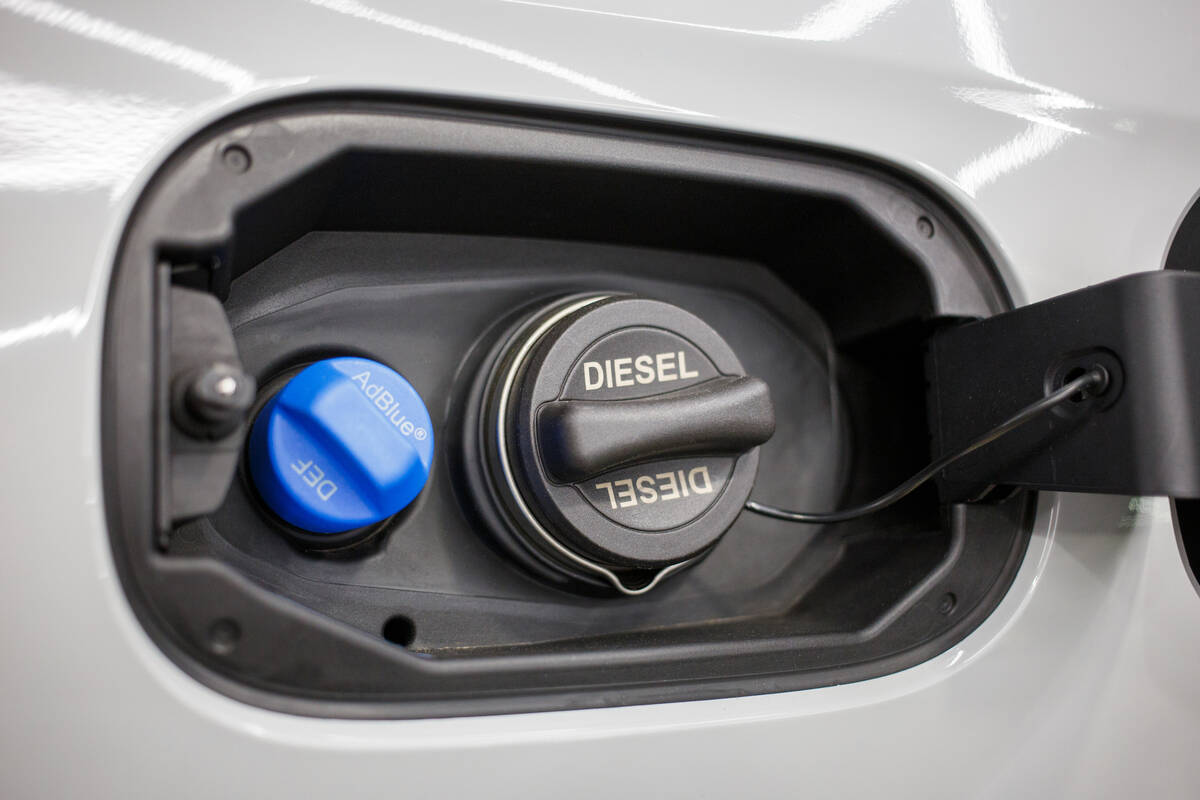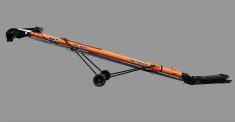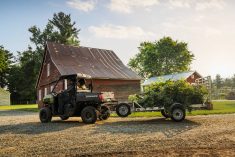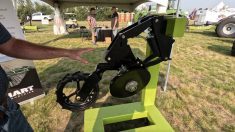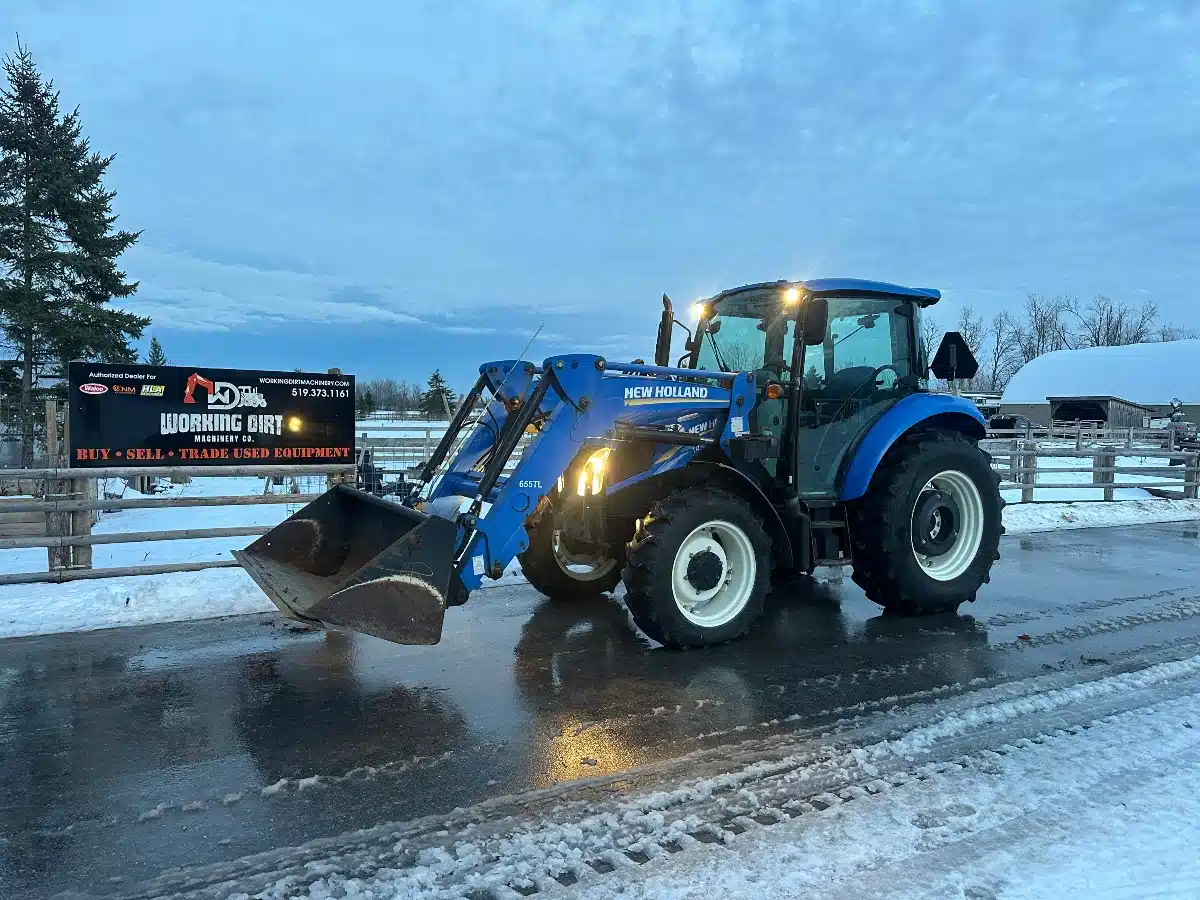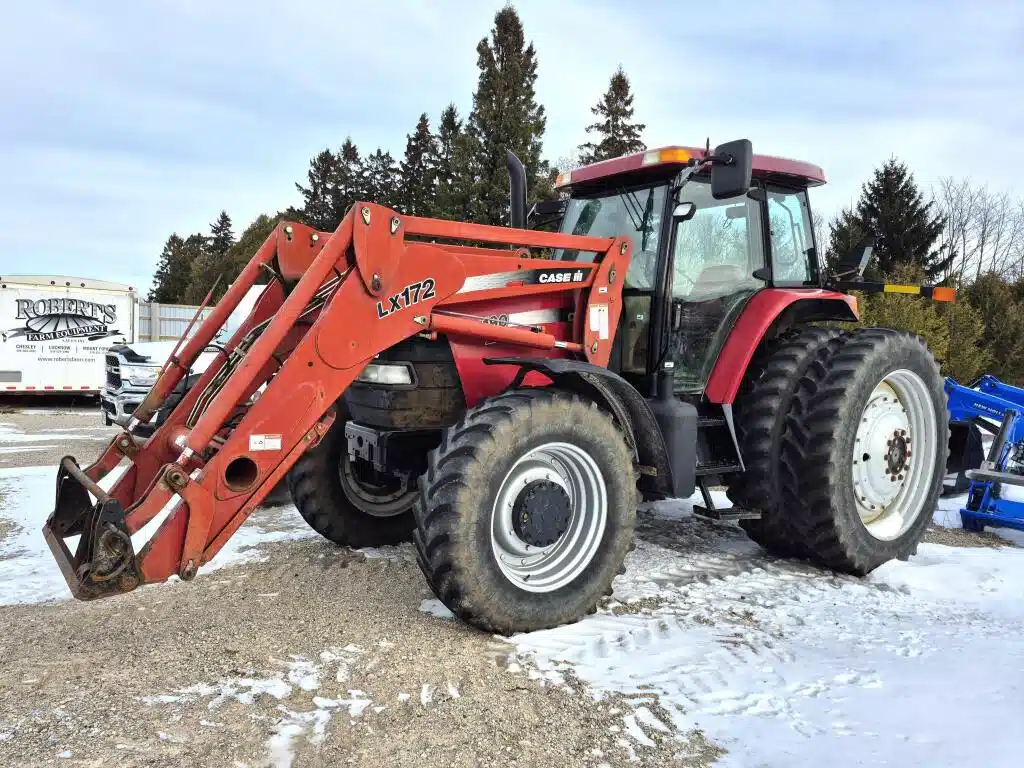Diesel exhaust fluid (DEF) was implemented by the American Petroleum Institute (API) in 2010 to combat emission pollution from diesel engines. It breaks down pollutants generated from diesel combustion engines, to reduce the harmful emissions released to the atmosphere. It’s housed in a dedicated tank which needs to be filled periodically, similar to a fuel system.
The issue for Prairie farmers is that DEF freezes in temperatures around -11 C, can become crystallized and may expand up to seven per cent in size once frozen. This can result in the machine becoming unusable, extended downtime, and costly repairs. Most of the Prairie equipment that experiences this problem are front-end loader tractors used to provide care to cattle over the winter months. Solutions to this problem are limited, with the ultimate solution very costly.
What does DEF do?
Read Also

Claas brings 1000 Series SP forage harvesters to Canada
In mid-August, Claas unveiled its new line of Jaguar forage harvesters at an event in Visalia, California, deep in the heart of that state’s dairy region.
DEF is a liquid mixture of 32.5 per cent high-purity urea and 67.5 per cent deionized water. It is consumed through the equipment’s selective catalytic reduction (SCR) system as an aftertreatment to convert harmful pollutants to water vapour and nitrogen. The SCR system injects DEF into the exhaust stream to initiate the conversion. The resulting water vapour and nitrogen are expelled to the atmosphere as natural and non-harmful elements through the exhaust pipe.
—> READ MORE: What’s in your DEF tank?
Brought forward by the API and California Air Resources Board in 2010, the main goal was to combat harmful emissions released to the atmosphere. These harmful emissions are mainly two compounds, nitrogen monoxide (NO) and nitrogen dioxide (NO2), which are commonly referred to as nitrogen oxides (NOx). A study by the U.S. Environmental Protection Agency (EPA) in 1999 found diesel engines responsible for 50 per cent of all NOx emissions. NOx compounds are the leading cause of smog and acid rain. DEF was mandated on newly manufactured agricultural equipment in Canada starting in 2015 with the gradual introduction of EPA Tier 4 emission standards.
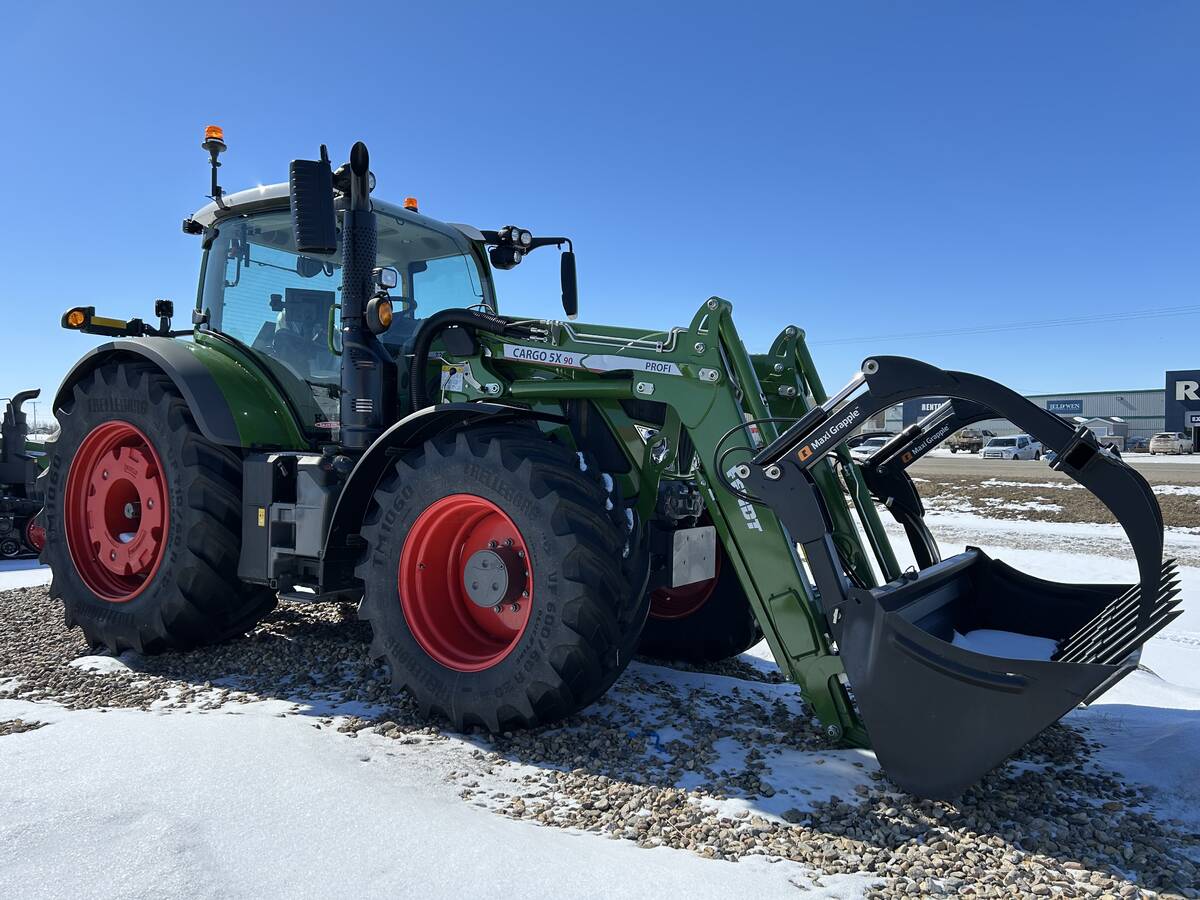
What’s the problem?
In one word: winter. Consistent temperatures below -11 C can cause the DEF within the tank and lines to freeze. In Saskatchewan, for one, the average temperature through the month of January is -15 C. On many livestock operations in the province, if a diesel-powered loader does get parked inside a building, very few of those are heated or insulated. All DEF tanks have a heated core, but it’s only activated when the machine is running and does little to counteract any freezing already in the lines. This leaves the entire system susceptible to subzero temperatures for any amount of time it’s inactive.
When it freezes, the fluid within the lines can crystallize, or the frozen expansion within the tank can cause its housing to crack.
Crystallizing of the lines can either lead to the machine going into limp mode: an infuriating limitation on power and function, or a costly repair bill in both dollars and downtime. And a cracked housing is an expensive repair, especially if it occurs more than once.
These problems are amplified when a machine is being used daily to feed and care for cattle. These tractors can’t afford to take a three- to five-day vacation in the middle of January if they need to wait for a dealer technician or out-of-stock parts.
What’s the solution?
There are several possible solutions to the problem – but none are the clear-cut answer.
Prevention is always the preferred answer to any problem, which in this case starts with high-quality DEF and proper handling. DEF manufacturers need to meet API standards to have their product displayed with the DEF certification mark. Always ensure DEF is kept in a clean, dedicated container and inspect for any cloudiness, debris, expiration date or signs of contamination before using.
There are some DEF antifreeze options available, but those are not recommended by professionals — the main reason being that the amount of antifreeze added would reduce the concentration of urea below the required 32.5 per cent minimum. If a DEF manufacturer went above the minimum requirements, though, such an antifreeze may become a more accepted solution.
—> READ MORE: How to evaluate a diesel engine
Another interesting option would be the addition of a heated blanket for the DEF tank. This may not help the freezing within the lines but would keep the fluid in the tank in a liquid form, even when the machine is not in use.
Powerblanket, a company based out of Salt Lake City, makes heated blankets for many uses including heavy equipment. They can custom-fit a blanket to any DEF tank size and can provide a kit for both AC and DC power so the tank always has heat, as long as the tractor is plugged in when inactive. A custom heated blanket like this may cost up to $1,000.
Deleting the entire emissions system removes the problem, but comes at a sacrifice of any warranty coverage. Once warranty coverage has expired, many shops can take care of that job within a day for a couple of thousand dollars. That may be costly, but is minor compared to the ultimate solution for this problem: a heated shop.
Parking the tractor in a heated space never gives any part of the DEF system an extended period of time below its -11 C freezing point, thus preventing any freezing in the first place. Even a smaller building, though, with a bit more than the bare minimum to get the tractor inside, will cost over six figures and can keep climbing with more square footage and additional capabilities and storage.
DEF was brought in to address emissions from diesel engines — which it definitely has, as very few tractors spew the black soot they used to — but here applies the law of unintended consequences as the frigid temperatures of the Prairies run up against the California-mandated system. From borderline aftermarket solutions in antifreeze and yet-to-be-proven heated blankets, simple solutions are hard to find. The cost of the ultimate answer in a heated shop can be out of reach for many farms. As producers continue to struggle with the ever-prevalent limp modes and costly repairs, one only hopes manufacturers will look for a better long-term solution.

